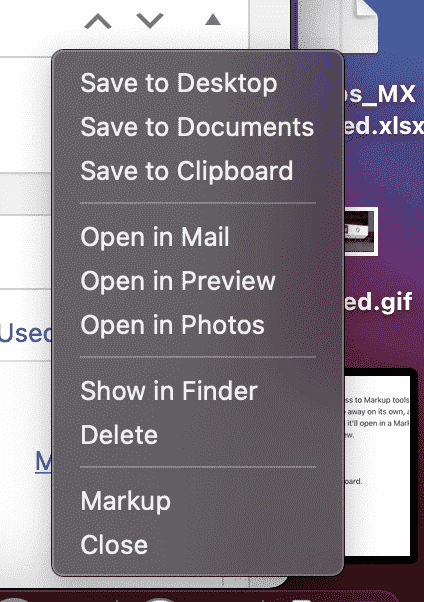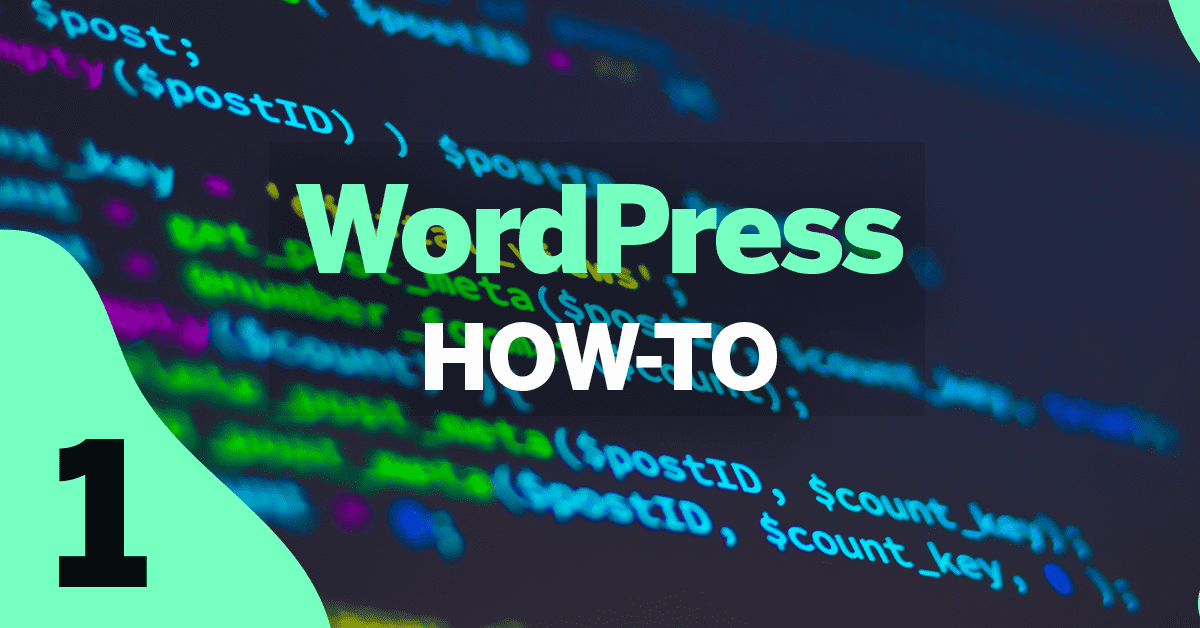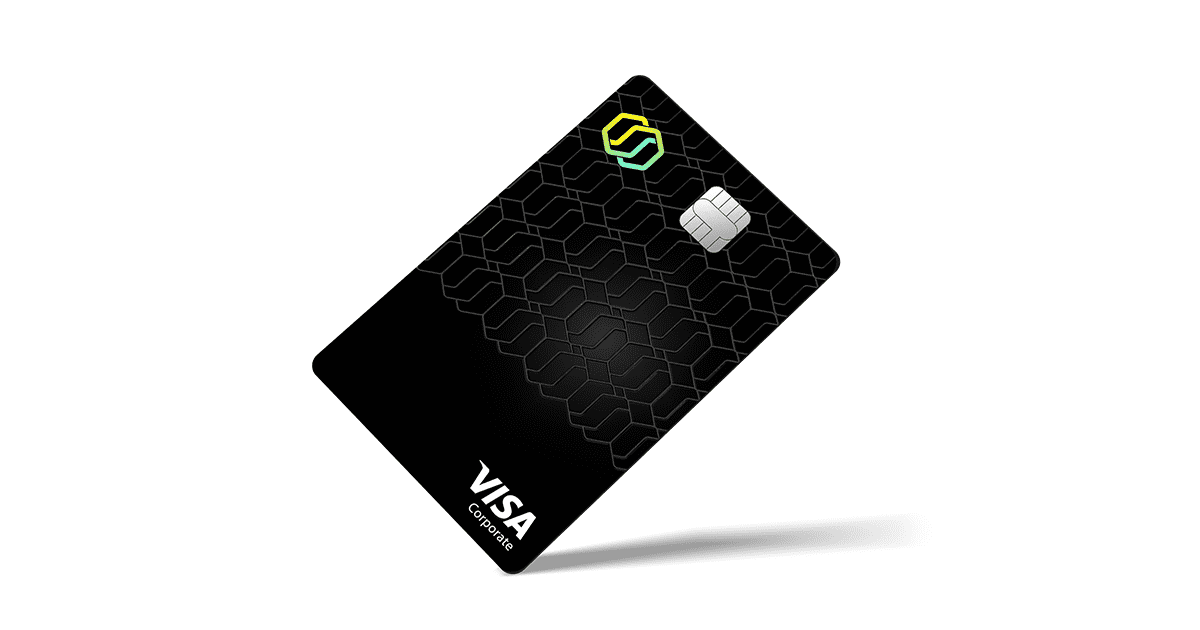In this day and age, there is literally a digital tool for everything. But when you’re a startup with limited resources, you need to choose the right tools—the ones that improve your productivity and maximize your growth.
Productivity tools like Asana and Trello, communication tools like Slack, and learning platforms like Spokn and Miro can enhance collaboration and aid learning and development. Likewise, fintech tools like Zenefits, Xero, and blockchain-based solutions can streamline the way we do business, as they accelerate business operations and save time and money.
From virtual cards to accounting software and spend management all the way to blockchain, here’s a list of the most important fintech tools startups shouldn’t live without.
The right accounting software
Accounting software designed for SMEs, Quickbooks enables you to manage business payrolls and payments, categorize transactions, track them in real-time, and send personalized invoices to different customers. Quickbooks allows you to record all expenses, purchases, and sales for however long you want.
Xero is another accounting software that enables businesses to keep track of sales, expenses, and reimbursements and allows you to categorize their transactions automatically. The software easily integrates with your bank accounts and provides daily transaction updates through their dashboard.
Corporate cards for the whole team
As an entrepreneur, your business’s vendors, tools, and resources rely on upon often span across different geographies, and your expenses can be in a variety of currencies. The right corporate card should facilitate smooth overseas transactions and make all your international payments—from digital advertising to subscriptions and tools—as prompt and easy as your local payments.
Corporate cards can take the hassle out of paying business expenses and empower your team to invest in the tools, subscriptions, and services they need to grow without relying on their personal credit cards and getting reimbursed or having the whole team share one card.
Corporate Cards: The Virtual Kind
If your team isn’t using virtual cards yet, you’re missing out on amazing benefits for your business. Virtual cards simplify expense management and provide a more secure way to make digital transactions. They can be used to make purchases anywhere online, in mobile apps, or through mobile payments. Virtual cards have a 16-digit number, expiration date, and 3-digit security code, just like physical cards, but they provide greater security and flexibility.
Tribal virtual cards, for instance, offer benefits like the ability to generate unique cards in seconds for immediate use and issuing an unlimited number of them. You can set a custom spending limit for each card, which helps to prevent overspend. Using a unique card for each subscription or merchant can also prevent unauthorized charges, reduce cost, and enhance your online payments’ security.
Expense management tool or a smart dashboard
The more your business grows, the more challenging it becomes to keep track of business spending. Designed to help startup founders stay on top of company-wide spending, the Tribal dashboard provides real-time insights and an up-to-the-minute view of available balance and transactions.
The Tribal dashboard enables startup founders to track progress against individual and company spend limits, create and manage an unlimited number of virtual cards, and download spending reports.
The dashboard generates automated expense reports and automatically categorizes every transaction, making it easier to see who is spending and how money is being spent. It can soon be integrated with your favorite accounting software to centralize data and sync your transactions easily.
Payment processors
An essential tool, especially for internet businesses, a payment processor simplifies online payments and transactions. Tools like Stripe provides APIs that web developers can use to integrate payment processing into their mobile applications and websites.
Bitpay is a blockchain payment processor that enables users to accept cryptocurrencies with no chargeback and receive USD with only 1% processing fees.
Tools that revolutionize the way we do business will continue to rise in the foreseeable future. A good rule of thumb is to choose the ones that work best for your startup, improve your productivity, and help you scale faster.
Providing prompt and convenient financial tools, from business credit cards for startups to spend controls, is part of Tribal’s core offering. Check out the Tribal Credit website to learn more about how they can help you. For Startups in Mexico, visit tribal.mx













